Everyone is familiar with sending something in the mail. Whether it be a simple letter in an envelope or something you have to box up to send, there’s a general process you go through to address it, stamp it, and drop it off to be sent. Ever notice how different the process is when you need to send a package to another country? All of a sudden, you need to fill out a ton of forms and there are a variety of providers you can use. If you want to truly compare them, you basically need to go all the way through the process with each provider before you can calculate anything. Only then can you consider the various shipping approaches.
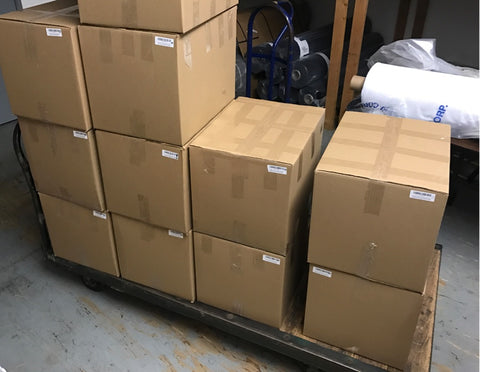
But what if you need to send a lot of things? Even for regular letters, you probably go through a different process for sending out something like a holiday card than a single envelope. And what kind of process would you use if you had to send 1000 letters? Or boxes?
Oversize items, international shipments, and large volumes each present challenges… and we’ve got all three going shipping the Slim Pack. So while it may seem like a product is “done” when the last stitch is completed, several more steps are required to make it possible to actually ship them out….
Handling the volume
Around 4 years ago I started using a small fulfillment house to ship out my wallet orders and it really opened my eyes to the world of commercial shipping. The places that handle this kind of thing are often called “logistics" companies, and for good reason! They deal with a level of complexity that’s pretty mind boggling. There are even more carrier options out there and sometimes looking at the spreadsheet I’ve created to compare them makes the choices seem infinite.
I briefly considered trying to fulfill this kickstarter myself, but it quickly became clear that leaving this to the pros was the right way to go. True, they charge for their services, but they have address validation software, experience with a wide variety of shipping methods, and the ability to process things extremely quickly once they receive the goods. So while the idea of sending them myself seems more immediate and tangible, the reality is that it would take me several days to send out each batch whereas a fulfillment house can ship out everything within one day, no matter how many there are.
With that decided, I set about evaluating a variety of shipping houses. The one I settled on is in the LA area, as most of these types of companies on the west coast are. Why LA? That’s the biggest west coast port where container ships unload so they want these distribution centers to be as close as possible. From there, they can be sent directly to consumers or trucked on pallets to stores.
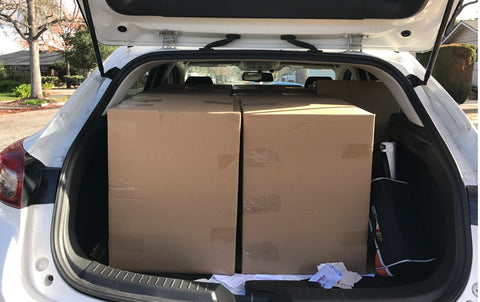
I also considered driving the inventory down to LA this weekend to save a day or two of shipping but quickly saw that I couldn’t take much down there. Quick- how many Slim Packs do you think fit in a Mazda 3 hatchback? (You can leave your answer in the comments and I’ll send you a free wallet if you get it right).
After talking to the shipping house about the idea of a drop off it also became clear that this was pretty unconventional. They’ve got loading docks for semis so they’re not really set up for “walk-ins”.
Shipping internationally
Another advantage of going with a fulfillment house is leveraging their expertise and automation of international shipping. To simplify things, many Kickstarter projects limit shipments to the United States or perhaps just the US, Canada, and Europe. As with my wallets, I wanted to open things up to everyone. Amazingly enough, there are almost as many Australian backers as Canadian! But that also means I’ve got to find a way to ship stuff all over the world.
Luckily enough, the fulfillment house was able to advise me on how to make this happen. Different packages need to be prepared and labeled in different ways which honestly wouldn’t have been possible on my own. What we basically do is program their system to handle my packages in certain ways depending on the country and contents, and then their automation software does the rest as they’re weighed and labeled. They then have the ability to pre-sort things according to the destination and bring them straight to the appropriate outgoing distribution hub for the various carriers, which ultimately saves on travel time.
This automation can also help streamline customs clearance by making sure all of the required forms are prepared correctly. This is a bit of a touchy subject, but I’ll go ahead and broach it in the interest of transparency… I often have requests from folks to mark items as gifts so they can avoid customs. I don’t do this both because it’s a bit sketchy and it is risky for both of us. As business, it’s a bit suspicious if I’m sending out hundreds of packages all as gifts. (And no, Kickstarter “rewards” don’t make them gifts either.) But besides that, it’s basically a big red flag for customs and they’re much more likely to seize the item and then you may never get it at all. Same goes for marking something as $2 or just under whatever the threshold is for charging duties.
That said, I do understand that international folks are paying a premium in exchange rates and that some customs fees can drive the cost of an item up to be completely unreasonable. In certain situations, I’ve heard of customs adding up to be more than the item was worth in the first place! So what I do is somewhat of a middle ground by marking things with a general replacement value. It may even be below the exact replacement value, but something that still sounds reasonable. While recipients may still have to pay something for duties, it’ll be a lot less and in some cases it may be below the threshold to pay anything at all. In addition to that it ensures it gets delivered as efficiently as possible because all the paperwork is there and no red flags are raised.
Next steps
I talked to the fulfillment house yesterday and here’s the plan: I’m going to ship the first batch of inventory down there on Monday… it should arrive Wednesday and they’ll start to ship stuff out by Friday or Monday. I really tried to squeeze a few days out of the process to try and get some in your hands by Christmas, but this isn’t really something where steps can be skipped or rushed. It’s more the kind of thing where if it gets plugged into the system right, the efficiencies of the automation may just take over and crank these things out faster faster than I'd expect.
It’s a great feeling having the first finished batch in my hands though and I’m looking forward to getting them into yours as quickly as I can!

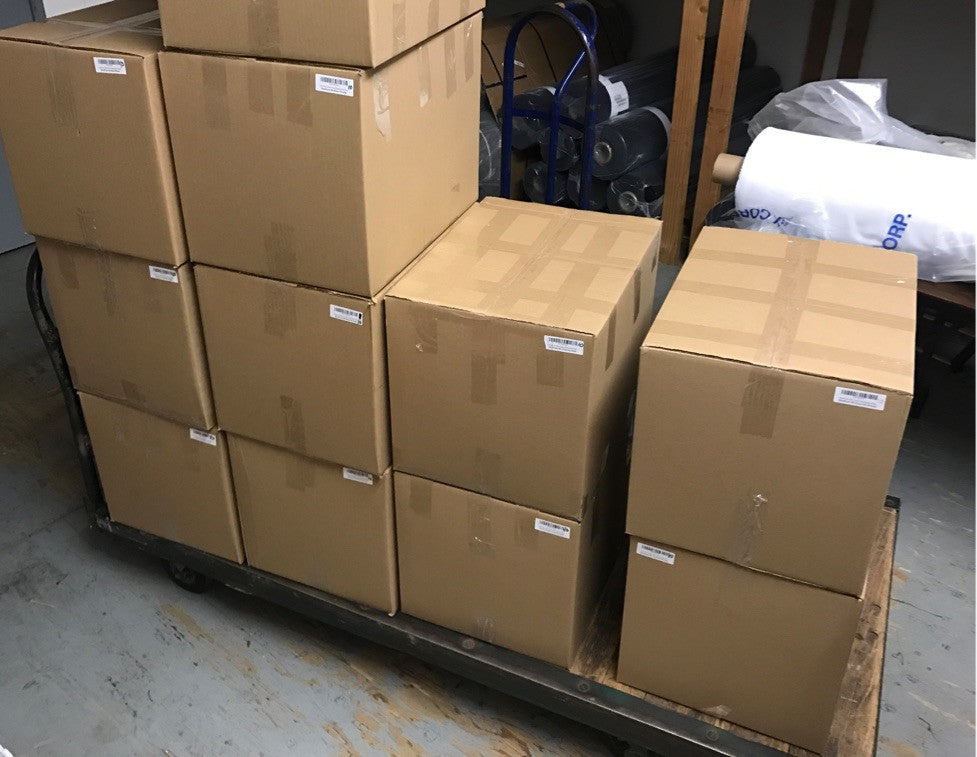
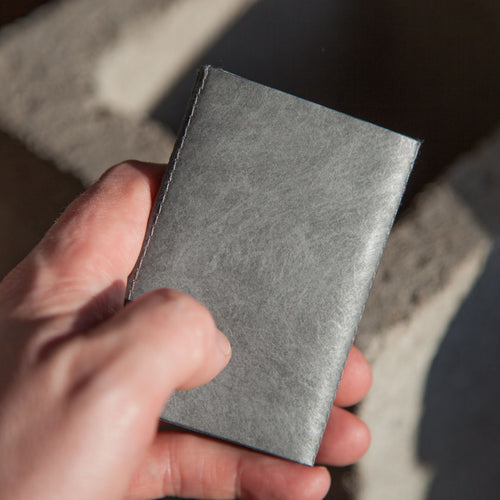
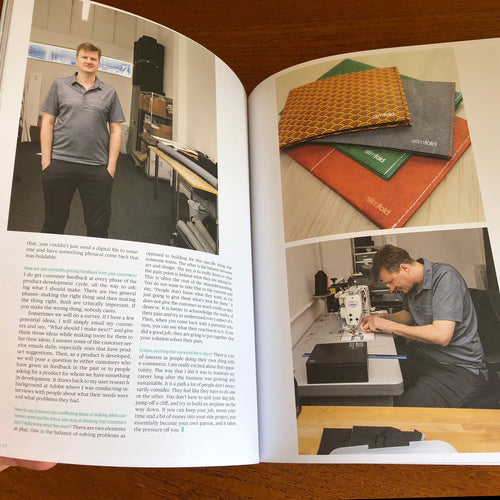
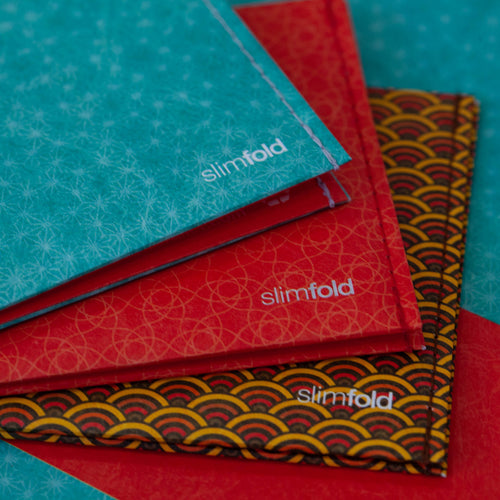
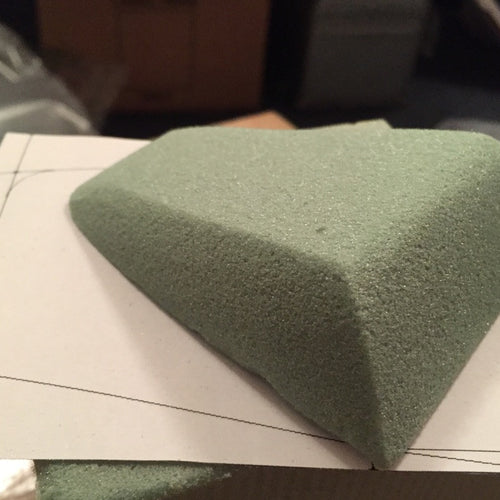
I’m going to guess you have 10 in a box, so 20 total. 25 if you have a few riding shotgun.